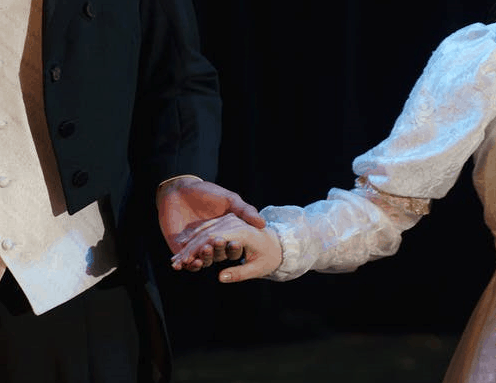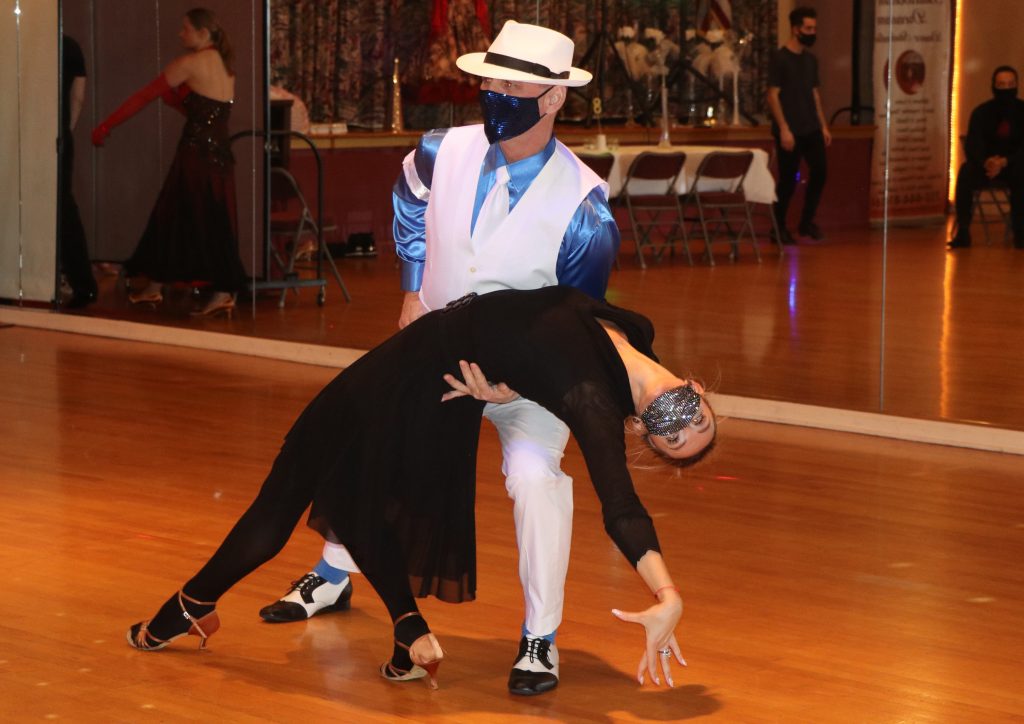What’s The Difference Between Ballroom Dancing and Latin Dancing?

We’re asked this question tons of times: What’s the difference between Ballroom Dancing and Latin Dancing?
Are you curious to know what separated Ballroom Dancing from Latin Dancing? Click here for some cool differences between the two!
Clients come in looking for the perfect dance class and usually choose between the two. So we thought it’s time to break down what differentiates one style of dance from the other!
Ballroom Dancing is what’s referred to as partner dancing. These dances originated in the West and were performed at large social gatherings and events. Soon, they were adopted as wedding festivities, too. Under the broad category of Ballroom Dancing come the International Ballroom (Standard) dances and the International Latin dances.
Movements
These dances are remarkably different because of the freedom of movement allowed in each. In Ballroom, partners are to be in an upright position with their hips out and turn their nose in the direction of their toes. The dances are performed in a counter clockwise direction as dancers sweep across the dance floor.
Latin dancing, on the other hand, affords the dancers more flexibility. Dancers will bend and straighten their knees, sway their hips and perform faster leg movements. Sensual and expressive, Latin dance moves also require dancers to keep their backs erect.
The Pace
Ballroom dancing is known for its elegance and slow pace. Dancers take their time and perform slow and graceful movements to complete the steps.
On the other hand, Latin dances are much more quick paced. Emotional and very festive, these partner dances are sexier and require more intimacy between partners.
The Hold
The dances are also different because of the hold, which pertains to hand holding. In Ballroom dancing, the female partner rests her left hand on the male’s right arm – this is the closed position which remains throughout the dance.
In Latin, dancers alternate between the closed, open, double and single hand holds. This is because of the many movements the dance demands for.
The Footwork
Another major difference that deserves its own category is the footwork. In Ballroom, the dancers’ feet remain parallel and the heel and toe are used in performing footwork.
In Latin dancing, the feet are expected to be turned out and the dances are performed on the balls of the feet.
Are you interested in learning Ballroom Dancing? Are you curious to find out what it is?
Check out our Dance Studio where you and your partner can learn about the wonderful world of Ballroom Dancing!
Get in touch with us today to get moving!
Read These Next















